I do some professional and freelance photography, so my camera setup is going to be way overkill for most people. At the bottom of the post I will make a recommendation for an entry level camera setup similar to what I started with.
Prices are at time of writing (Aug 19, 2015) on Amazon.com.
Camera: Nikon D810
$2,996.95 (body only)
This camera came out last summer right around the time I was looking to upgrade to a camera with a full-frame sensor. Truth be told, I probably would have been fine to upgrade to the Nikon D610 (the D750 hadn’t come out yet), but my theory was that considering that both of these cameras were going to make a dent in my bank account, I didn’t want to find myself needing to upgrade again in two to three years. I’m hoping that this camera will be my main shooter for the next 5+ years, with the possible addition of a mirrorless camera for longer hikes in a year or two.
Lenses: 50mm, 24-120mm, 14-24mm
Nikon 50mm f/1.4D
$334.00
This is my ‘I’m not really going out to take photos but want to take my camera with me’ lens. It’s fast, small, and lightweight. Considering the body that I have attached to it, it gives me a lot of flexibility to edit images as needed later on, on the chance that I got some really great shots. This is also my current long-hike lens, mainly because of it’s size and weight.
Nikon 24-120mm f/4G
$1,296.95
The 24-120 mm is my all-purpose lens. If I’m not doing a really tough hike, it’s the perfect lens to carry around because it is very versatile. I always carry a graduated neutral density filter around with this lens – I’ve been using this one made by Fotodiox and it’s been treating me and my photos well.
Nikon 14-24mm f/2.8G
$1,846.95
This is the newest edition to my lens collection, and I haven’t shot too much with it yet. I love shooting landscapes when hiking, so that is the main purpose for this lens (or any wide-angle lens for that matter). I took a few test shots with the lens shortly after getting it, but need to plan a good hiking trip to fully test it out, though I expect it to be pretty spectacular based on what I have seen so far.
Other Stuff
I’ve been using, and pretty happy with, the Black Rapid RS-7 Camera Strap, though I will say that it is not the best for strenuous hikes. My camera always swings around a little too much and gets annoying.
I have two tripods: the Joby Gorilla Pod Focus with Ballhead X and a Manfrotto 4-Section Aluminum Tripod with the Manfrotto Ballhead with Quick Release so that I can make use of this Custom SLR Plate that is Tripod and Black Rapid compatible.
In terms of a smaller camera, I have a Nikon Coolpix 7100, which is a precursor to the Coolpix 7800. I very much want to upgrade to an interchangeable lens, mirrorless system (like the Sony A7), but I am waiting another year or two for the technology and lens options to develop further.
Less Expensive Recommendation
Clearly photographing on a semi-professional level can be a very expensive thing to get into, but I didn’t jump straight into that before developing my skills with a less expensive setup.
I started out with the Nikon D3100, which is the precursor to the Nikon D3300. I recommend starting out with a kit that includes two lenses, like this one. With an entry level camera body in hand, and 18-55 and 55-200mm lenses, you will have plenty to play around with and hone your skills. Not to mention, this camera will take great photos. In fact, I still sell photos that I took with my entry level camera… I just can’t blow them up quite as big.
My Photography
If you’re curious to see some of my photography, check out LupiniPhotography.com. All photos are for sale on my site, and through the end of the year (2015) you can get 10% off everything on my site using coupon code PointPrincess10.

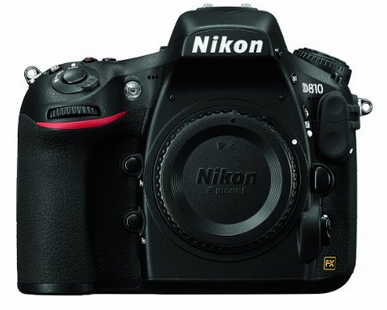
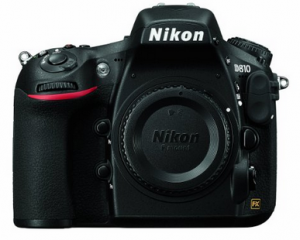
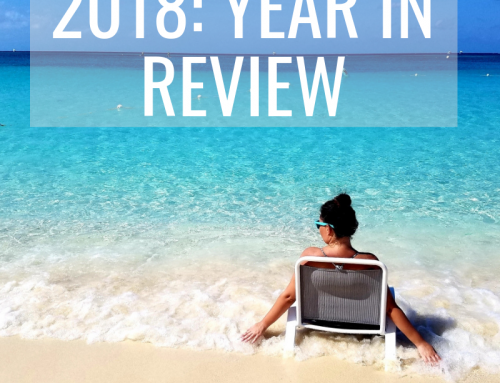
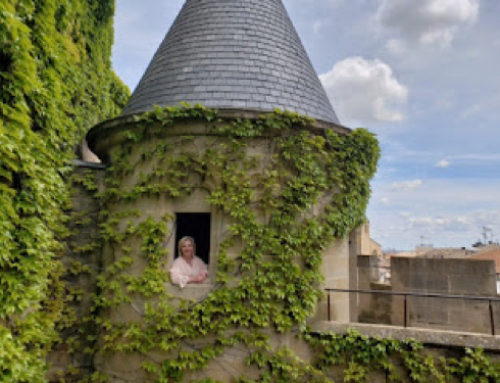
![Russia – Moscow, St. Petersburg, and Velicky Novgorod [VIDEO]](https://carolinelupini.com/wp-content/uploads/2015/03/russia-500x383.jpg)
![The Dead Sea – Don’t Miss It! [VIDEO]](https://carolinelupini.com/wp-content/uploads/2018/02/Screen-Shot-2018-03-11-at-1.44.10-PM-500x383.png)
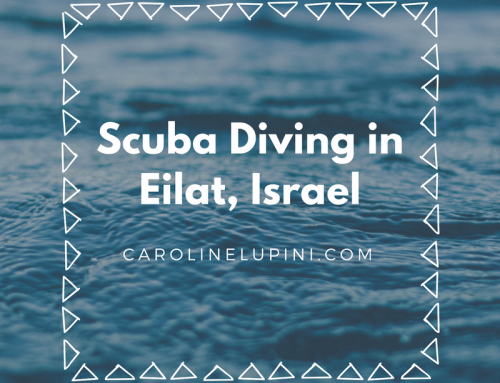
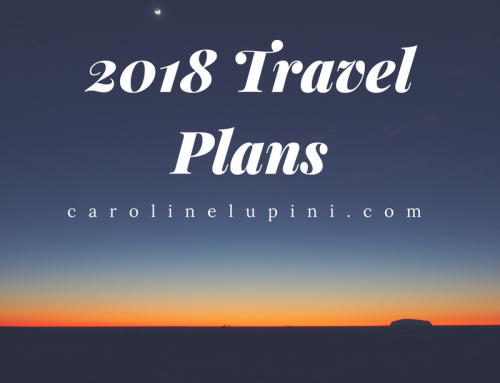
I have a black rapid strap too (sport version) and I think it’s awesome (for certain uses). It’s true that for some hikes it can swing too much around, but when just walking around a city it’s wayyy better than having a strap around your neck! Much more comfy!
Oh yeah, so much better than having all of that weight on the neck! Especially with a heavy lens attached to the camera.
For a camera that must fit into coat pocket, like a point-and-shoot, but still highest possible quality, I’m looking at Sony RX100m4. Are you familiar? What would you recommend for highest quality, but requirement must be pocket size for travel purposes? Thanks.
I’m not familiar with the Sony RX100m4, but I just pulled up the specs and it looks like a great camera! Sony has been making some fantastic cameras, especially in the past few years. I’m not aware of another camera of that size that is more packed with quality hardware, so I’d go for it if I were you. Let me know if you do decide to try it out, I’d love to hear about your experience with it and see some of your photos.
I can’t comment on the camera and lenses since I use Canon but Really Right Stuff is great for anything tripod related (plates, tripods, etc).
The real question is how many camera bags do you own?
I’ve actually been looking for a new camera bag! I have one I got off eBay a couple years ago but it’s on its last life. Do you have a recommendation?
Getting a camera bag is like shopping for clothes or shoes, it’s a highly personal decision and no one bag serves all purposes hence the joke about how many bags do you have. I just got a mindshift firstlight(mindshift is a sister company to think tank).The firstlight pack seems really well made and very roomy and comfortable but as is typical for most backpacks access is not very fast and this bag is most useful for people with big glass and/or lots of gear. If you are going for long hikes then make sure it has good support. If that is the case you might consider the mindshift rotation which gives the advantage of a backpack with the advantage of faster than normal access(for a backpack) to your camera. The rotation part does not really support bigger glass but if you just have wide to normal then you should be ok. You could also consider the lowepro flipside. I have an old tamrac velocity sling pack. Sling packs are great if you are not going on a long hike and want quick access to your camera. I would only go with a shoulder bag if you are really traveling light. Sorry I cant be more specific but there are so many bag manufacturers out there and I don’t know your needs/preferences for bags. Some that I would look at would be lowepro, think tank, mindshift. mountainsmith, clic,fstop, and gura gear. If you want something super tough then pelican.
This being a travel blog I would add you should take into consideration the size of the bag and whether you will be flying domestic, international and/or on any regional jets where overhead space is at a minimum. I would not check my gear if it can at all be avoided. From what I have read tripods are usually a no-no as a carry on. I use a 4 section feisol for travel as it can fit in my check on much easier. If you have a lot of expensive gear you should insure it either through your homeowners or a separate policy.
Thanks for the awesome response Dan! I’ve looked at a couple of the bags that you mentioned and am kind of leaning toward a backpack, but just haven’t found the right one yet! I’ve previously traveled with a shoulder bag, but that was purchased before I had as much gear as I do now and isn’t really doing the trick anymore for many reasons. I’ve actually only had an issue with a carrying on a tripod once — it was in Japan. They said my tripod was 1/4″ too long for carrying… really? I have checked it a few other times when I was checking a bag anyway, but I never check my other camera gear, which surely requires creative packing from time to time. If I’m ever able to figure out a bag that will fit my needs I’ll definitely share it on the blog! And already got a check on the gear insurance through homeowners 🙂